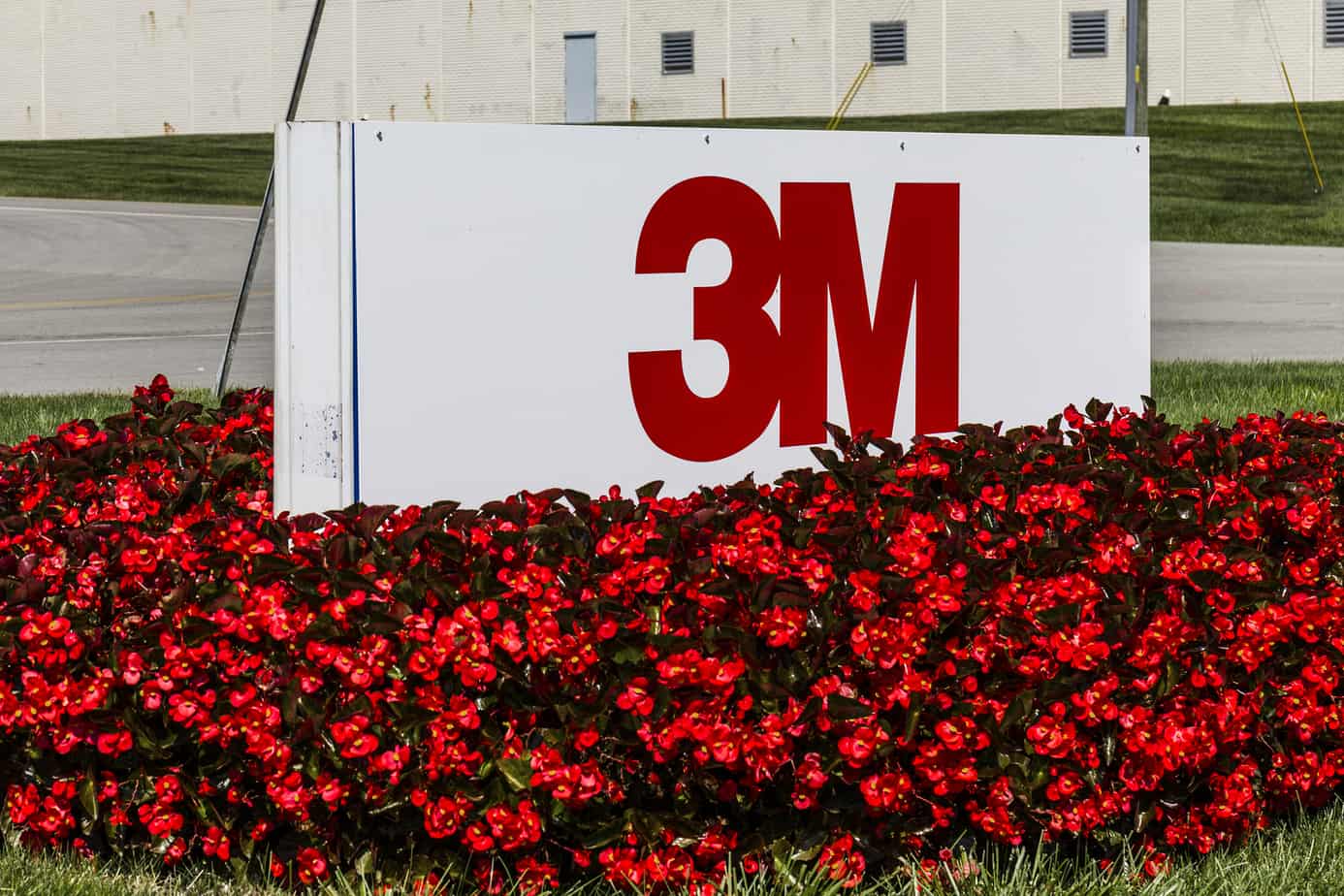Achieving employee engagement and motivation in the legal industry can seem overwhelming, but it’s essential for maintaining a successful work environment. To gain valuable insights, we’ve consulted with industry experts such as founders, directors, and managing attorneys to discover their top strategies in their law firms. These strategies range from customizing employee development plans to recognizing the impact of every accomplishment. By combining the wisdom of these experts with our tips and takeaways, we have created a comprehensive guide to improve team enthusiasm and productivity.
Our experts weigh in on four key pillars of employee engagement:
- Personalizing development paths to align with individual strengths and career aspirations.
- Recognizing and celebrating the unique contributions of each team member, especially in the context of case wins.
- Tailoring motivational strategies to individual needs, aided by continuous feedback.
- Inviting employees to contribute to company blogs fosters a sense of belonging and thought leadership.
In addition to these pillars, implementing innovative employee engagement solutions is also crucial for cultivating a thriving workplace culture.Through these perspectives, the article emphasizes the indispensable role of regular feedback, the balance of intrinsic and extrinsic motivation, and the significance of open communication. Though each tactic is deeply individualized, the consensus is that these methods are not just for boutique firms; they can be scaled up to suit larger organizations with the right resources.
Read on to explore these detailed strategies that recognize each team member’s individuality and the importance of a unified, cohesive team in the high-pressure world of law.
Making Personalized Development Approach Work for You
 At my law firm, nurturing employee motivation and engagement is essential. I employ a personalized development approach as one of my strategies. I can tailor their responsibilities and opportunities by understanding each employee’s strengths, interests, and career goals.
At my law firm, nurturing employee motivation and engagement is essential. I employ a personalized development approach as one of my strategies. I can tailor their responsibilities and opportunities by understanding each employee’s strengths, interests, and career goals.
This enables them to tackle challenging projects aligned with their objectives, fostering a sense of ownership and development. Regular feedback sessions facilitate open communication and expeditious problem resolution.
In addition, recognizing their accomplishments with internal awards and acknowledgments reinforces their contributions. Thus, our team maintains its commitment and enthusiasm, resulting in a more vibrant and productive workplace.
Michael Callahan, Founder and Director, The Callahan Law Firm
Tips and Strategies:
- Know Your People: Utilize employee surveys or one-on-one sessions to get insights into individual strengths, aspirations, and interests.
- Assign Aligned Projects: With the personalized information at hand, assign projects that meet the firm’s goals and align with each employee’s career objectives.
- Initiate Feedback Loops: Open channels for two-way communication. Offer regular, scheduled feedback and be open to receiving feedback as well.
Key Takeaways:
- A tailored approach not only motivates employees but also optimizes productivity.
- Open and consistent communication paves the way for effective problem resolution.
Celebrate Contributions and Share Impact
 At our law firm, our employees are always aware of the effect their work will have on a case, and they use all their expertise and experience to deliver their best. Then, they quickly move on to the next task.
At our law firm, our employees are always aware of the effect their work will have on a case, and they use all their expertise and experience to deliver their best. Then, they quickly move on to the next task.
As leaders, however, we ensure that even when an employee has worked on a minor component of the case, we still acknowledge and celebrate their contribution when the case is won. After all, it is only when a client celebrates the justice we have won for them that our task is complete. At this point, we always make it a point to recognize everyone’s contribution.
This practice lets employees know how their work, no matter how insignificant it may seem at the time, is vital to the success of every case our firm handles. Understanding this impact and realizing the importance of their role is the biggest motivation.
Riley Beam, Managing Attorney, Douglas R. Beam, P.A.
Tips and Strategies:
- Milestone Celebrations: Mark the end of each case with a small celebration that acknowledges everyone’s effort.
- Recognition Boards: Utilize internal platforms to highlight employee achievements, whether big or small.
Key Takeaways:
- Recognizing even minor contributions can have a major impact on employee morale.
- Transparency about the significance of each role adds layers of intrinsic motivation.
“The Spotlight Effect”: Celebrating Contributions to Elevate Morale
 Having a smaller firm can be an advantage. It has enabled me to get to know my team on an individual level, and this makes it easier to maintain engagement.
Having a smaller firm can be an advantage. It has enabled me to get to know my team on an individual level, and this makes it easier to maintain engagement.
Different people are motivated by different things. Some people need more recognition, while others thrive when offered growth opportunities. For many people, it’s a mixture. Understanding exactly what drives each employee means I can tailor my approach appropriately.
Feedback has been really helpful for this. I’ve learned that some employees need more support and involvement, whereas others prefer to work independently. Knowing my team means we can function cohesively and sustainably, working with, not against, each person’s particular way of being.
This industry has enough pressure without leaders adding to it with well-meaning but misplaced engagement initiatives. This strategy could be scaled up to a larger company with the right resources. It is certainly effective.
Martin Gasparian, Attorney/Owner, Maison Law
Tips and Strategies:
- Milestone Celebrations: Mark the end of each case with a small celebration that acknowledges everyone’s effort.
- Recognition Boards: Utilize internal platforms to highlight employee achievements, whether big or small.
Key Takeaways:
- Recognizing even minor contributions can have a major impact on employee morale.
- Transparency about the significance of each role adds layers of intrinsic motivation.
The Art of Individual Tailoring: Encourage Blog Contributions
 Encouraging team members to contribute to our blog/news section is one of the best practices for engagement. When a new insight stands out, that employee should immediately contribute to whatever blog or writing platform the company utilizes.
Encouraging team members to contribute to our blog/news section is one of the best practices for engagement. When a new insight stands out, that employee should immediately contribute to whatever blog or writing platform the company utilizes.
Sharing new industry information with coworkers can be critical to staying up-to-date with the latest developments and cultivating a stronger team. Taking it and contributing to a web article further establishes one’s thought leadership and web presence and truly makes one feel a part of the team.
Max Schwartzapfel, CMO, Schwartzapfel Lawyers
Tips and Strategies:
- Content Calendar: Create a shared content calendar where employees can pitch their ideas and take ownership of topics.
- Byline Incentive: Offer employees credit for the blog post, enhancing their portfolio and elevating their professional standing.
Key Takeaways:
- Employee-generated content improves engagement and fosters an environment of continuous learning.
- Establishing thought leadership via contributions can be a significant morale booster.
Through these enriched insights and actionable takeaways, we hope to offer you a well-rounded guide to amplify employee engagement and motivation, making your law firm not just a workplace but a thriving ecosystem of driven professionals.
“The Flickering Flame”: Recognizing the Warning Signs of Dimming Employee Engagement
Sometimes, the signs are subtle, almost like the wick of a candle flickering before it goes out. But catching them early is important to reignite the flame of motivation. Here are some tell-tale signs that engagement and morale may be an issue:
- The Clock-Watchers: If you notice that employees are consistently clocking out the minute their workday officially ends or frequently looking at the clock during work hours, that might indicate a lack of engagement.
- Silent Meetings: Team meetings become a one-man show. When your team is not participating in discussions or appears disinterested, you may have a problem.
- Quality Dips: A decline in the quality of work can often signify disengagement. Errors become more frequent, and the attention to detail wanes.
- Absence and Tardiness: Increased instances of calling in sick or arriving late can sometimes point to a deeper issue of disengagement.
- Hidden Talents: If you notice that employees have stopped contributing ideas or taking the initiative, it could be a sign they no longer feel their contributions are valued.
- Disconnection from Mission: A clear sign is when employees can no longer articulate how their work contributes to the company’s broader mission and objectives.
Tips and Strategies:
- Anonymous Surveys: Use anonymous employee engagement surveys to get honest feedback.
- Exit Interviews: Leverage exit interviews for insights into why employees are leaving.
- One-on-One: Schedule regular one-on-one meetings to discuss career goals, job satisfaction, and any employee concerns.
Key Takeaways:
- Early identification of disengagement symptoms can prevent a more significant morale issue.
- Creating an environment where feedback is encouraged can often pre-empt issues before they escalate.
By recognizing these signs and implementing proactive strategies, you can avoid the blaze of a full-blown engagement crisis, keeping your team motivated, productive, and, above all, happy.
“The Rising Sun”: Spotting the Early Rays of Progress in Employee Engagement and Motivation
There’s nothing quite like the signs of a new dawn—the sky lightening ever so slightly, the air filling with the songs of early birds. It’s the same with recognizing progress in employee engagement and motivation. Here’s how you know the sun is rising:
- Enthusiastic Participation: Employees actively participate in meetings, offering ideas and asking questions. Their eyes are open, and they’re leaning into the conversation literally and metaphorically.
- Unsolicited Contributions: Team members go above and beyond their roles, contributing to projects outside their designated responsibilities. It’s not just about checking boxes; it’s about painting the whole canvas.
- Reduced Turnover: A decline in employee turnover or absenteeism indicates a happier, more content workforce. When people want to stay, you’re doing something right.
- Quality Uptick: The caliber of work improves across the board. Fewer errors, increased efficiency, and pride in delivering work all point to heightened engagement.
- Timely Accomplishments: Projects are being completed on time and sometimes ahead of schedule, which is a strong indicator of motivation and effective teamwork.
- Initiative and Leadership: Employees begin to lead new projects, show interest in skill-building opportunities, and even mentor junior staff. Leadership starts blossoming at every level.
Tips and Strategies:
- Celebrate the Small Wins: Regularly acknowledge and celebrate improvements and milestones, however small. A pat on the back can push someone miles ahead.
- Keep the Feedback Loop Alive: Provide constructive feedback when you see positive changes. The cycle of feedback and improvement is continuous.
- Capitalize on Momentum: When you see progress, consider how to use that positive energy for more challenging projects or roles.
Key Takeaways:
- Small but consistent positive changes are often the harbingers of a significant shift in engagement and morale.
- Recognition of progress, both publicly and individually, fuels further improvement.
Noticing these signs of progress is like watching the sun rise: The world is still dim, but the promise of a brighter, warmer day lies ahead. And like any good sunrise, it’s worth stopping to appreciate it, if only for a moment, before carrying on with the day.
Frequently Asked Questions
What’s the most accurate way to measure employee engagement?
There’s no one-size-fits-all here, but combining qualitative and quantitative methods like surveys, one-on-one interviews, and monitoring key performance indicators can give you a well-rounded view.
How often should we check in on employee engagement levels?
Consistency is key. Monthly check-ins and in-depth quarterly reviews can offer a dynamic understanding of employee morale and engagement.
Is monetary reward the best way to boost motivation?
While bonuses and raises are undoubtedly appreciated, non-monetary rewards like public recognition, additional vacation days, or opportunities for professional development can sometimes be even more impactful.
Can a highly engaged employee still be unmotivated?
Interesting question! Engagement and motivation are closely linked but not interchangeable. Employees might be engaged with their team but unmotivated about the tasks, possibly due to a lack of challenge or interest.
How do I handle an employee who shows signs of disengagement?
Open, non-judgmental communication is your first step. Try to understand the root cause and consider how the work environment or job role can be adjusted to better align with the individual’s needs and aspirations.
What if I’ve tried everything, and the team is still disengaged?
If you still face widespread disengagement after multiple strategies, it might be time to bring in an external consultant or consider a more significant organizational overhaul.
Key Takeaways:
- Employee engagement is a multi-faceted issue requiring a multi-pronged approach.
- It’s an ongoing process that benefits from regular check-ins and a variety of assessment methods.
If your question isn’t here, don’t worry; this is just the tip of the iceberg. The world of employee engagement is vast and ever-changing, just like any vibrant, living ecosystem. So keep asking, keep exploring, and remember: The only silly question is the one left unasked.











